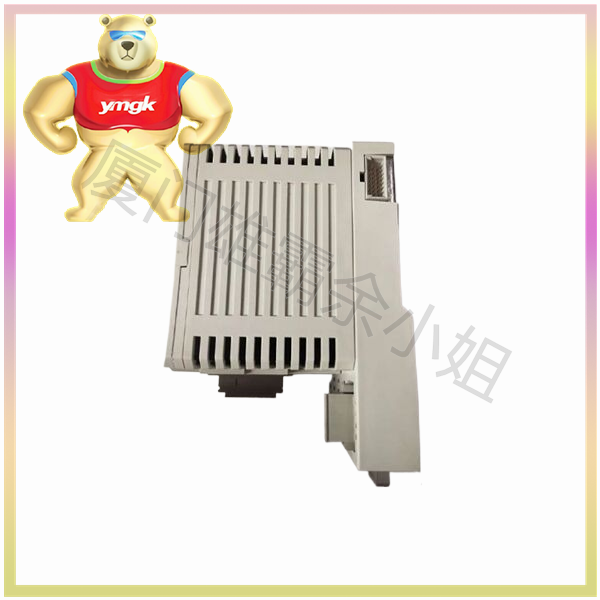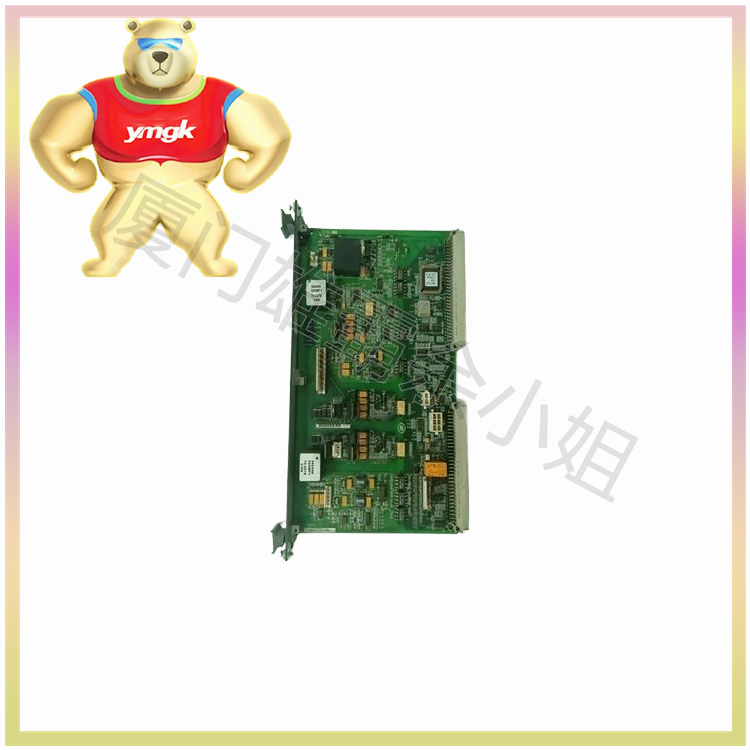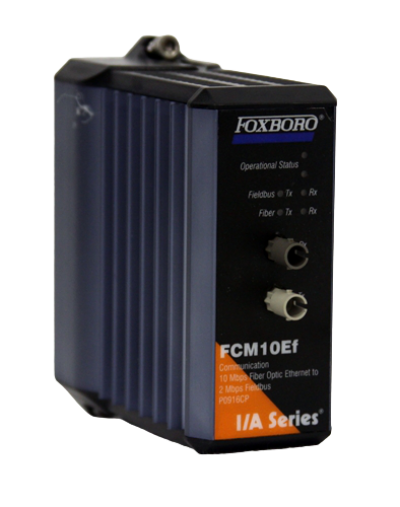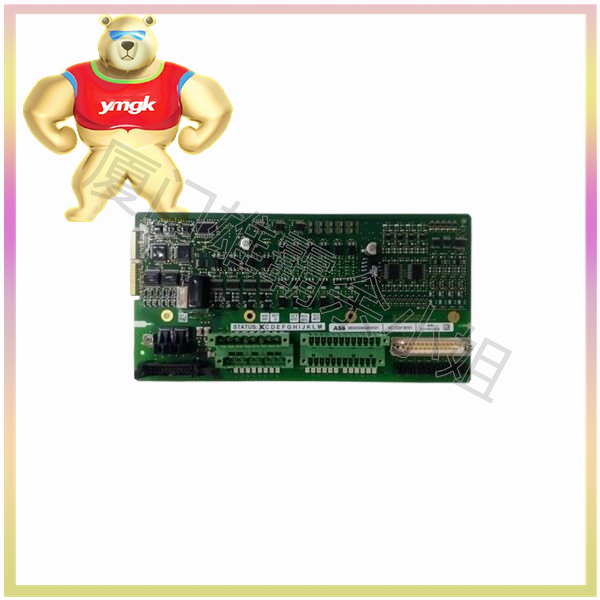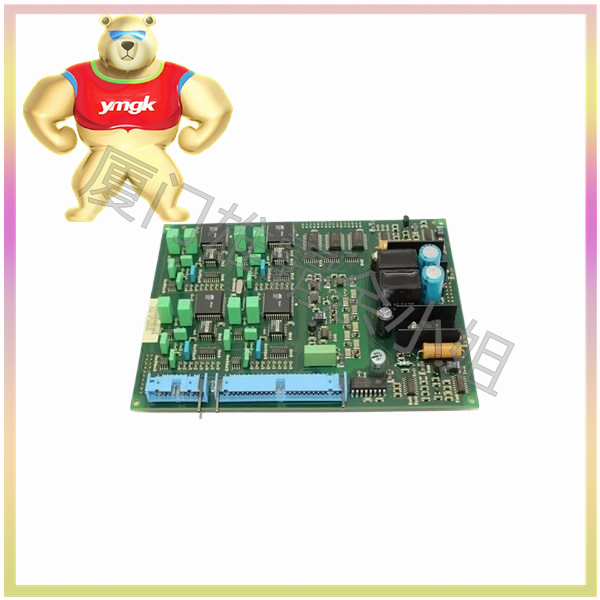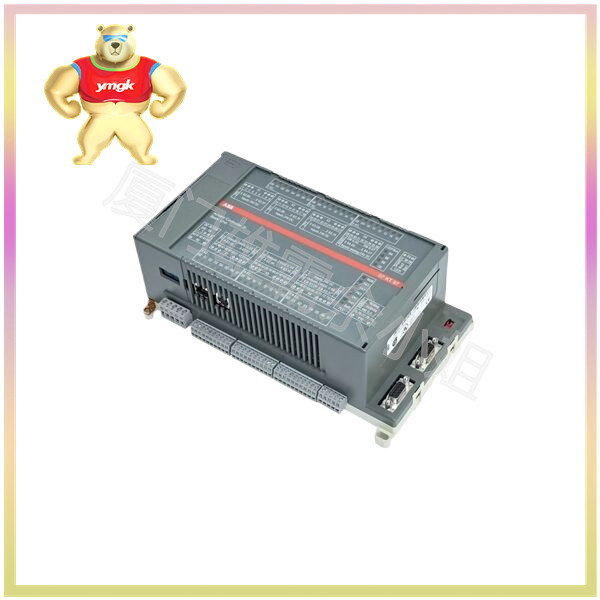- Communication network faults
Communication network faults are generally prone to occur at the contact bus, local bus, or due to incorrect address identification.
- Node bus failure
The transmission medium of node bus is generally coaxial cable, some use token signal transmission method, and some use multi-path transmission with conflict detection to compete for bus signal transmission method. Regardless of the method used, any interruption at any point on the main line of the bus will cause communication failures among all stations and their sub devices on the bus.
At present, the general method to prevent such failures is to adopt a dual redundant configuration to avoid the global impact caused by the failure of one bus. However, this cannot fundamentally avoid the occurrence of failures, and once one bus fails, it is easy to cause the failure of the other bus during processing, with very serious consequences. An effective method should be to prevent poor bus contact or open circuit by hand.
- Local bus failure
Local bus or fieldbus generally refers to a data communication network composed of twisted pair cables. Due to the fact that the connected equipment is a primary component or control device directly connected to the production process, the working environment is harsh, the failure rate is high, and it is easily affected by the misoperation of maintenance personnel, which can affect the production process. In addition, the bus itself can also cause communication failures due to various reasons. The effective method to prevent such faults is to first handle the connection point between the local bus and the local equipment properly. When disassembling and assembling equipment, the normal operation of the bus should not be affected, and the bus branch should be installed in a location that is not easily accessible. At the same time, it is best to use dual redundant configuration for the local bus to improve communication reliability.
- Error in address identification
Whether it is local components or bus interfaces, once their address identification is incorrect, it will inevitably cause communication network disorder. So, it is necessary to prevent address identification failures of each component and prevent human errors and modifications. When expanding the system, it should generally be done when the system stops running. Especially for systems that use token based communication, any work that adds or reduces components must be released to the network when the system is shut down to avoid unforeseen consequences.
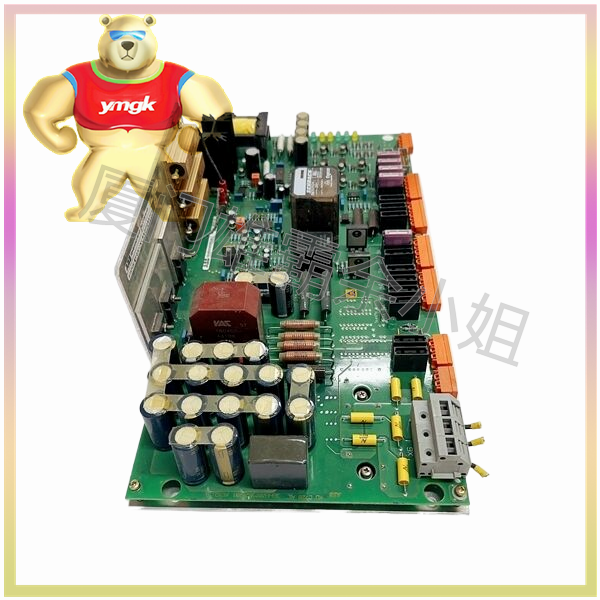
- Hardware malfunction
The DCS system can be divided into human-machine interface faults and process channel faults based on the different functions of each hardware. The human-machine interface mainly refers to the engineer station, operator station, printer, keyboard, mouse, etc. used to achieve human-machine communication functions; Process channels mainly refer to local buses, I/O channels, process processors, primary components or control equipment, etc. The human-machine interface consists of multiple workstations with the same functions. When one of them fails, as long as it is dealt with in a timely manner, it generally does not affect the monitoring operation of the system. When process channel faults occur on the local bus or primary equipment, they can directly affect control or detection functions, resulting in serious consequences.

